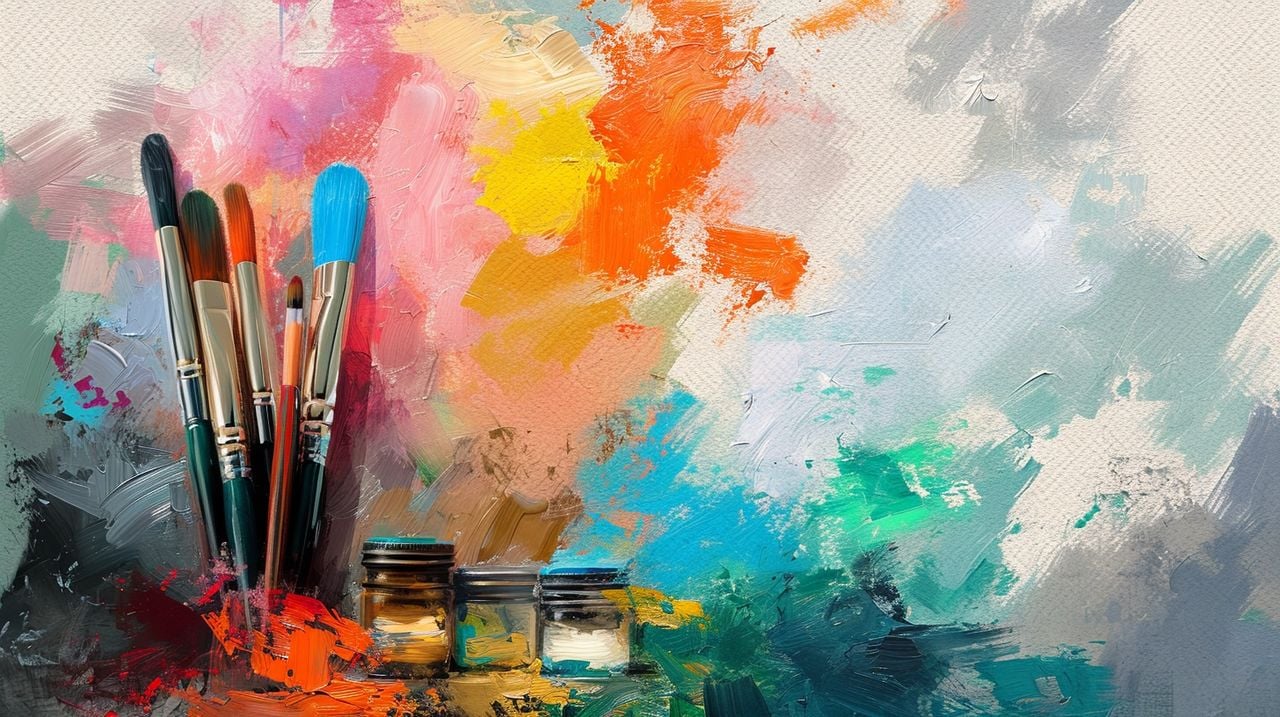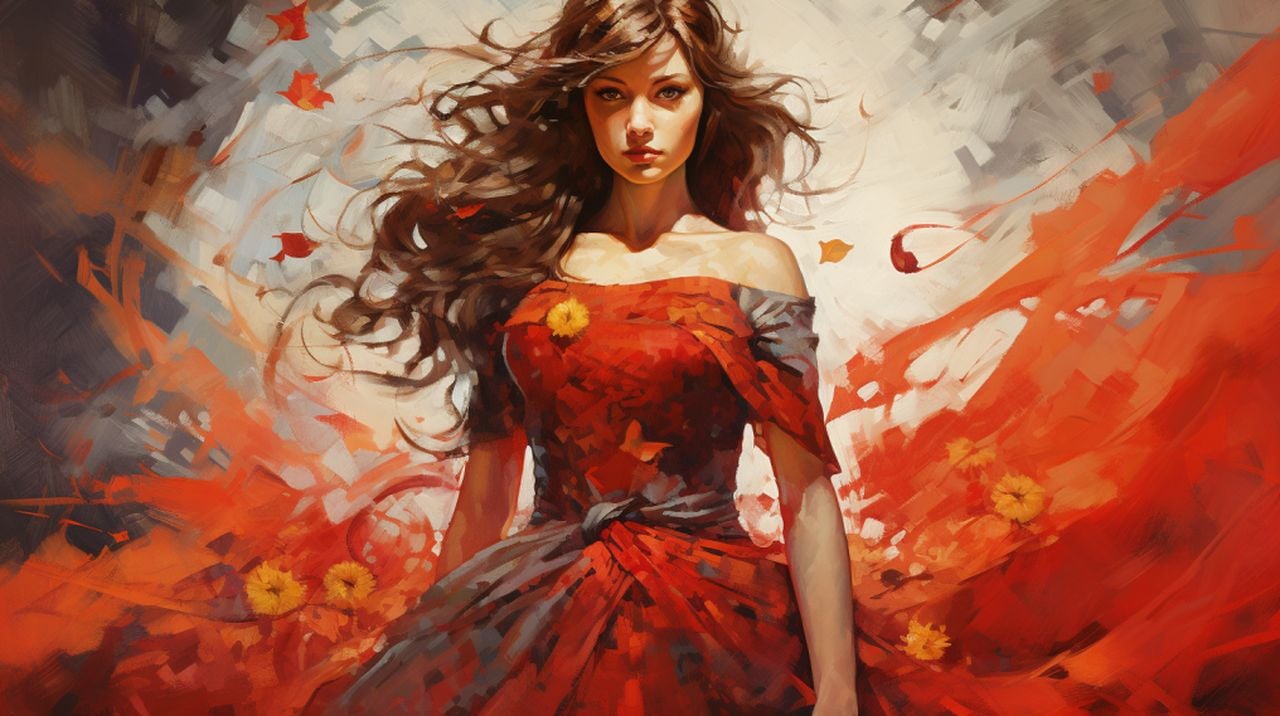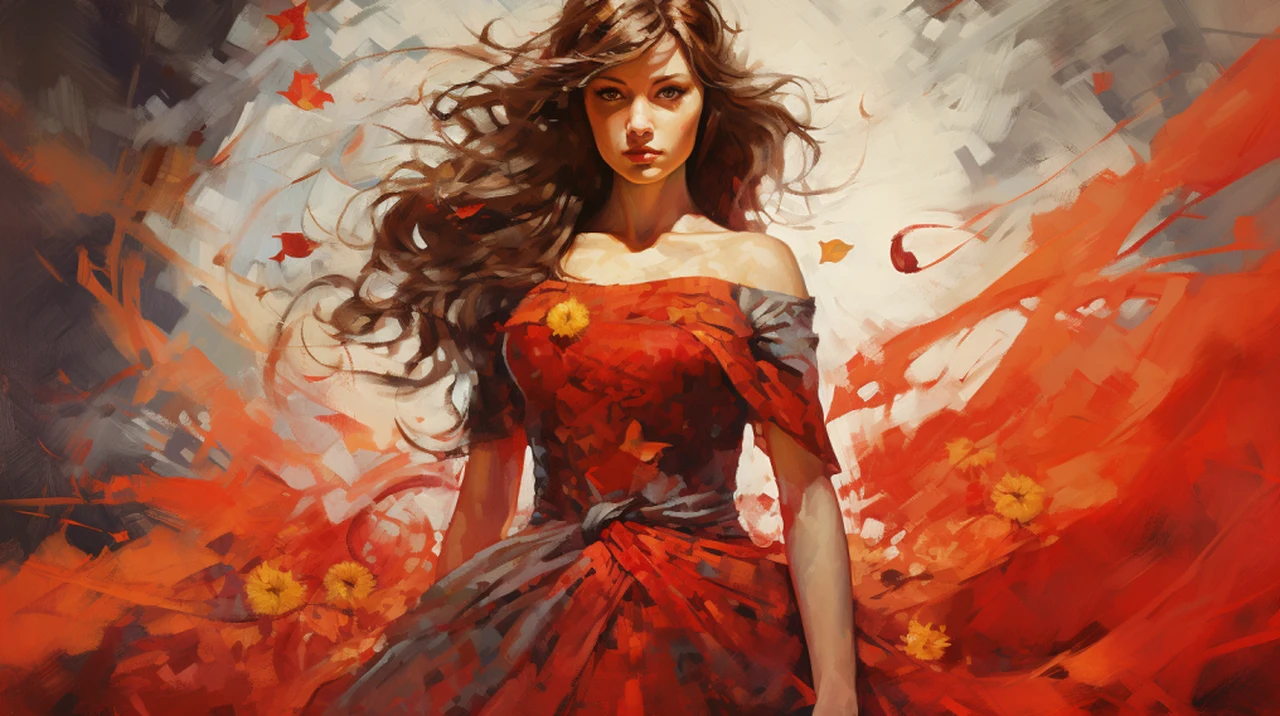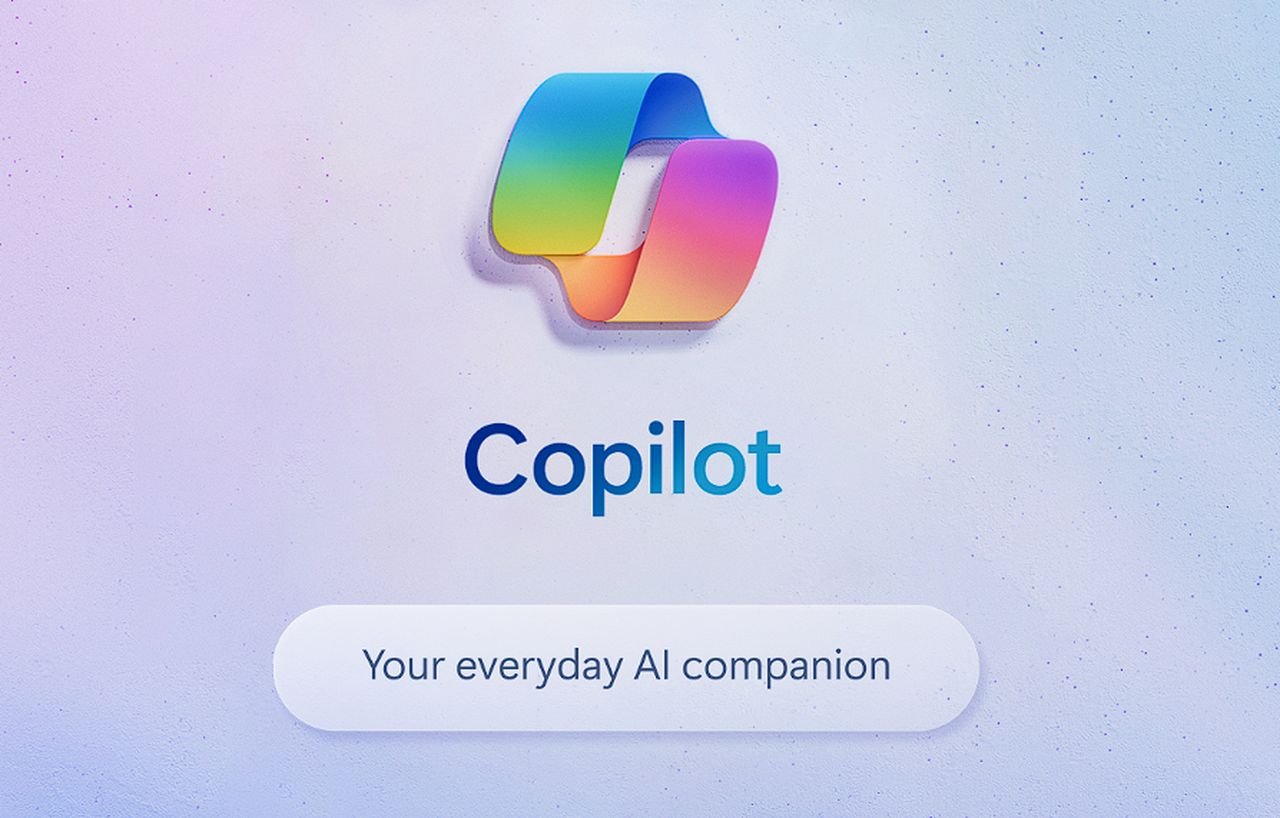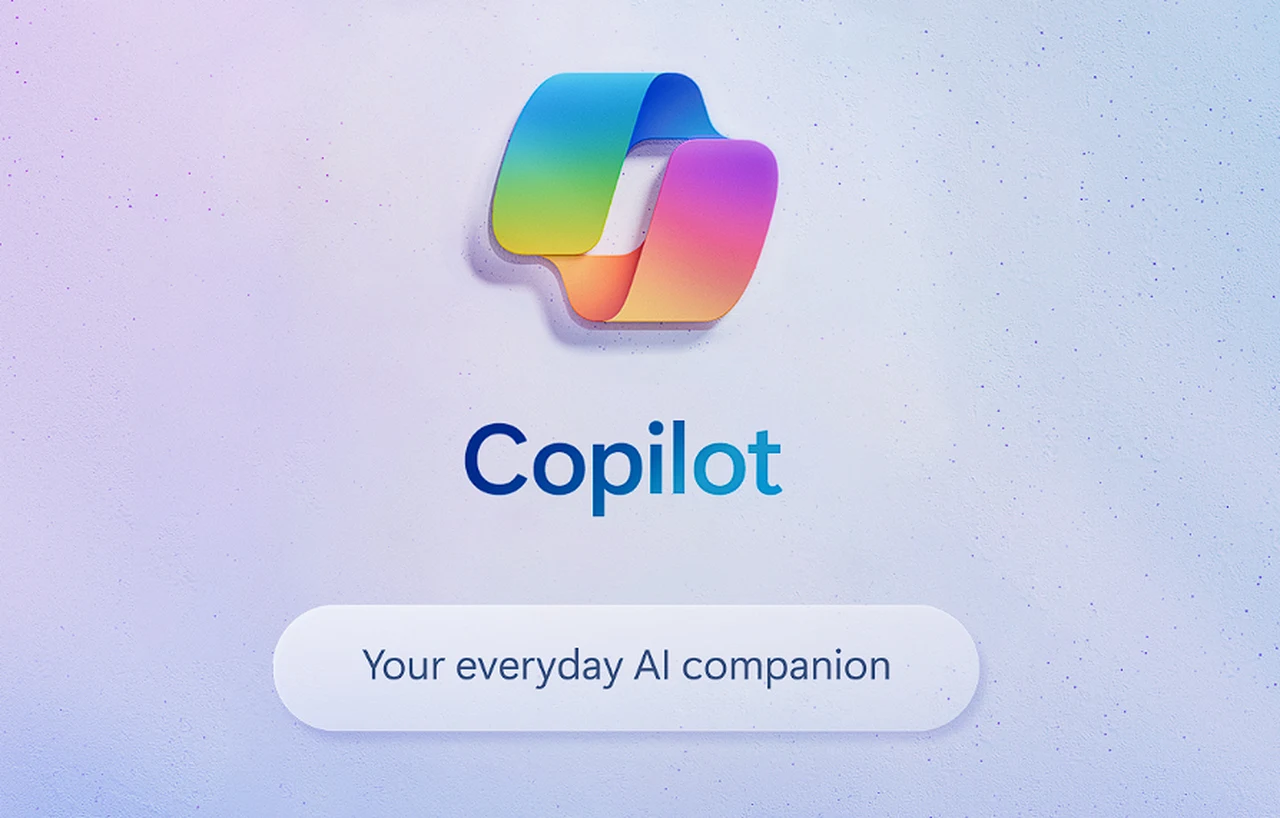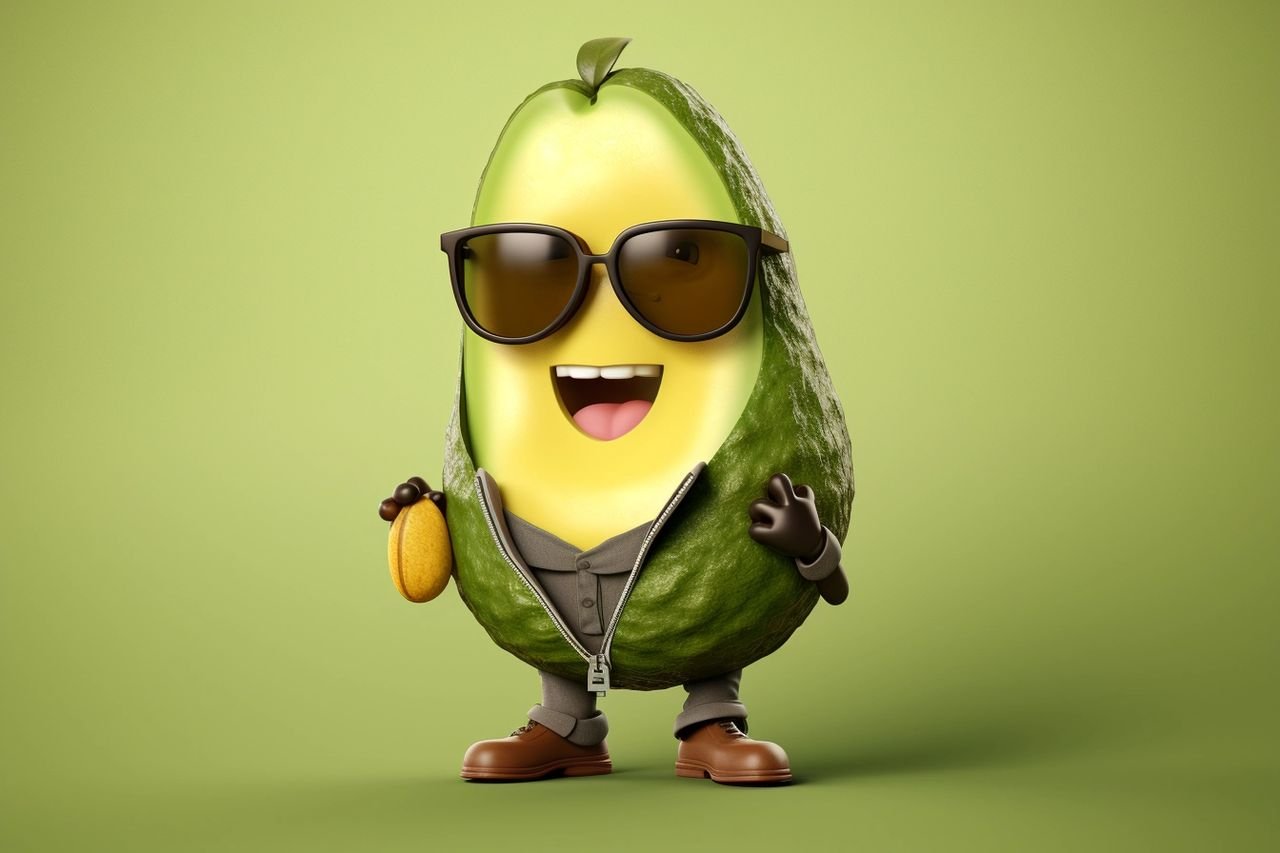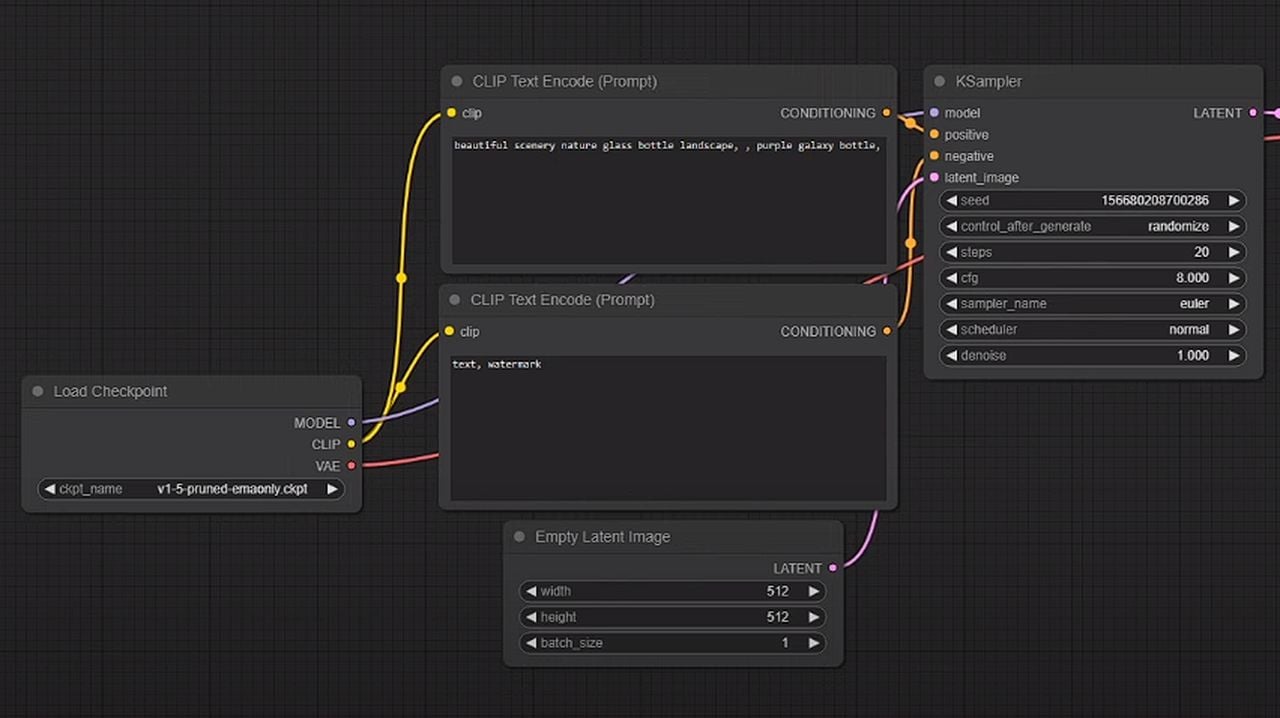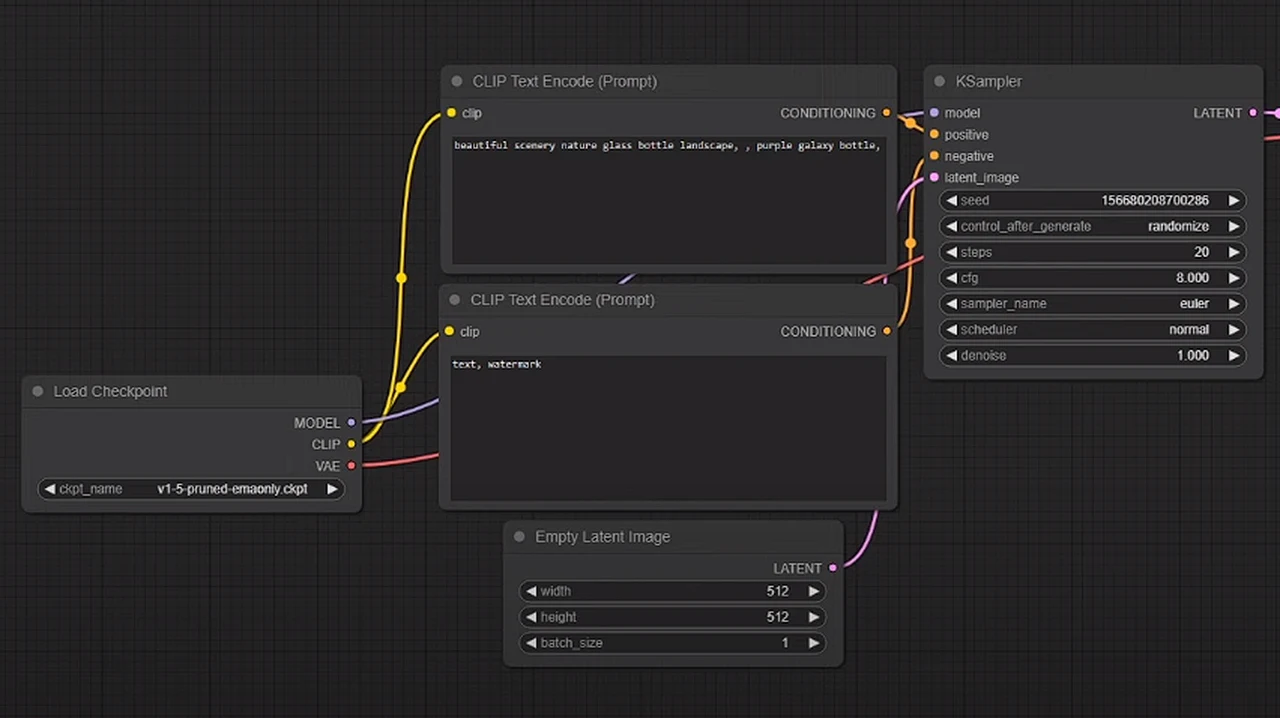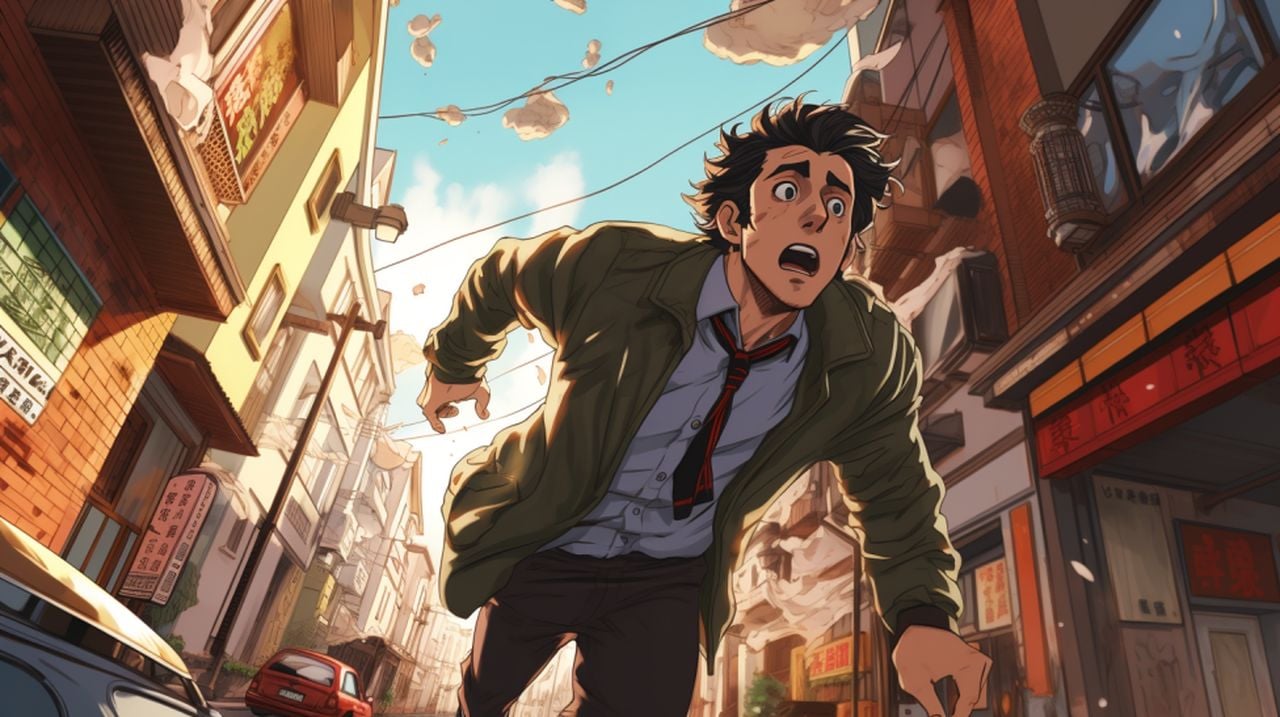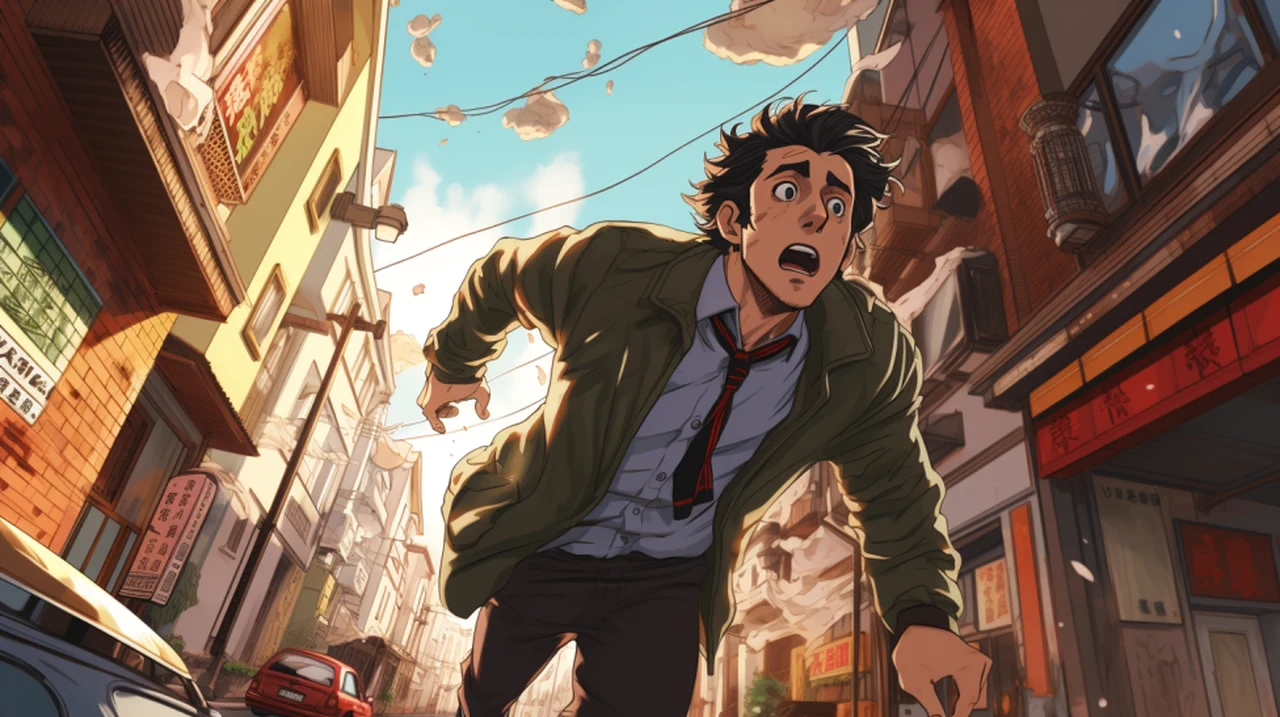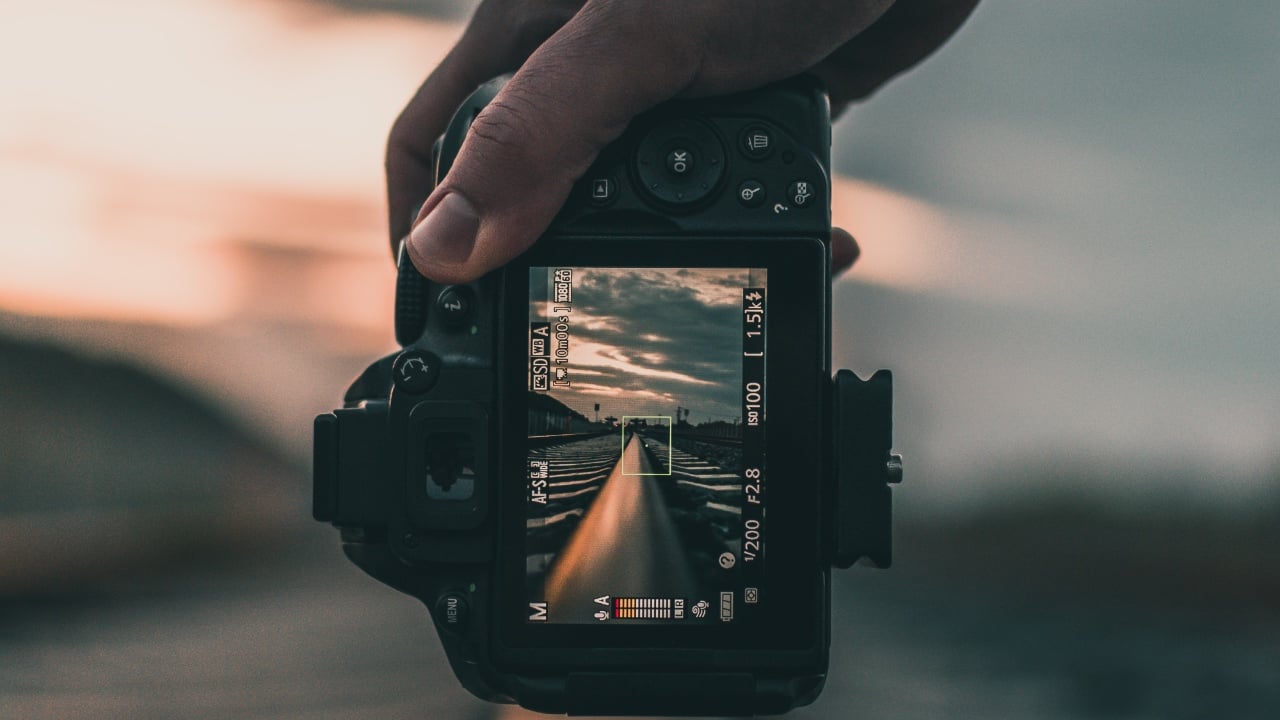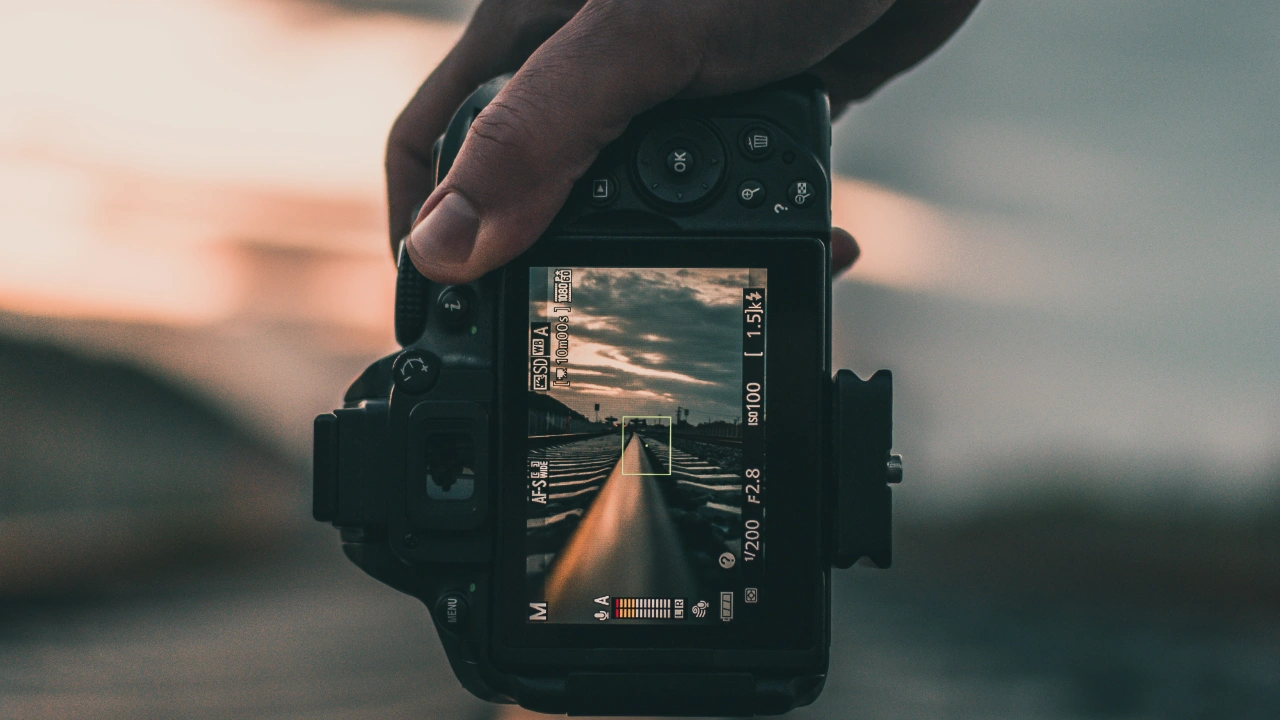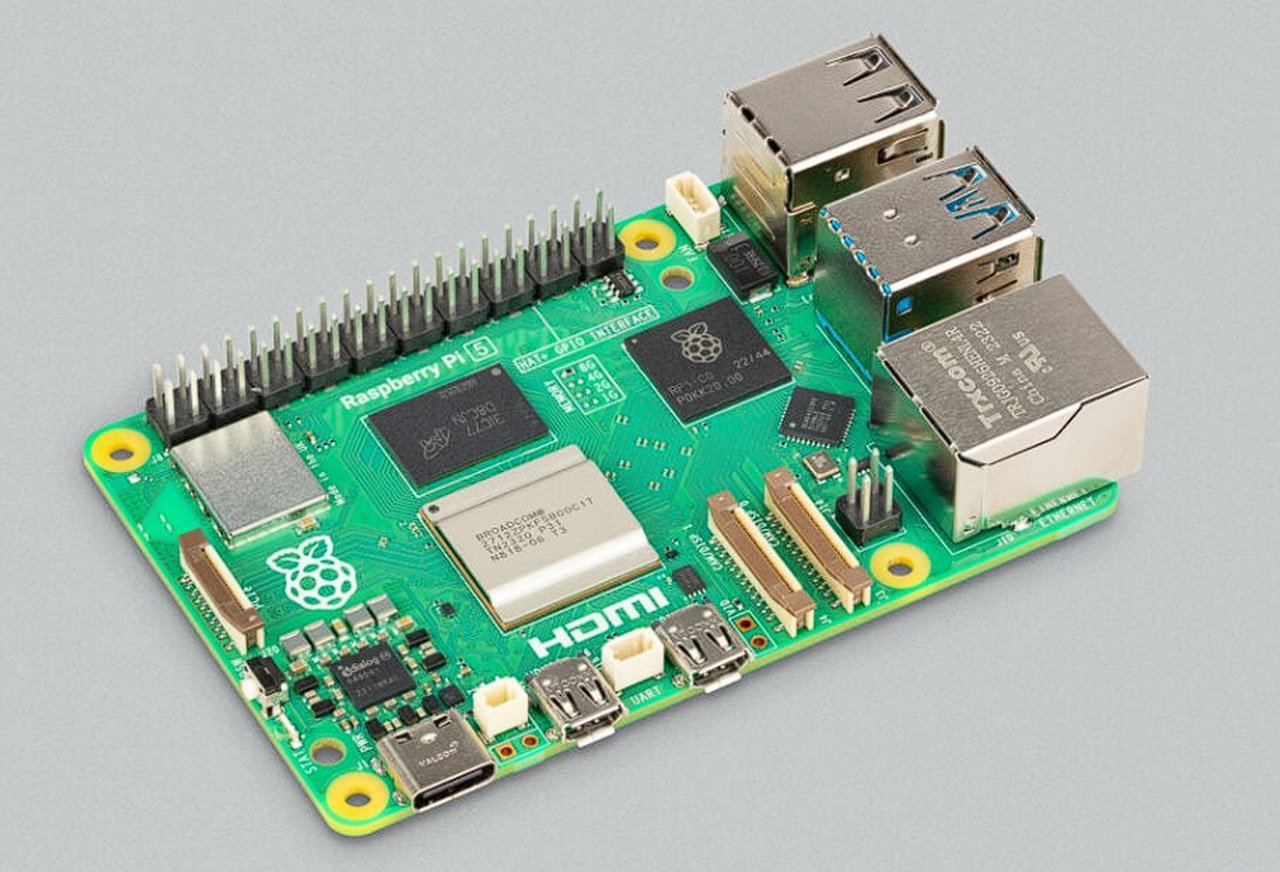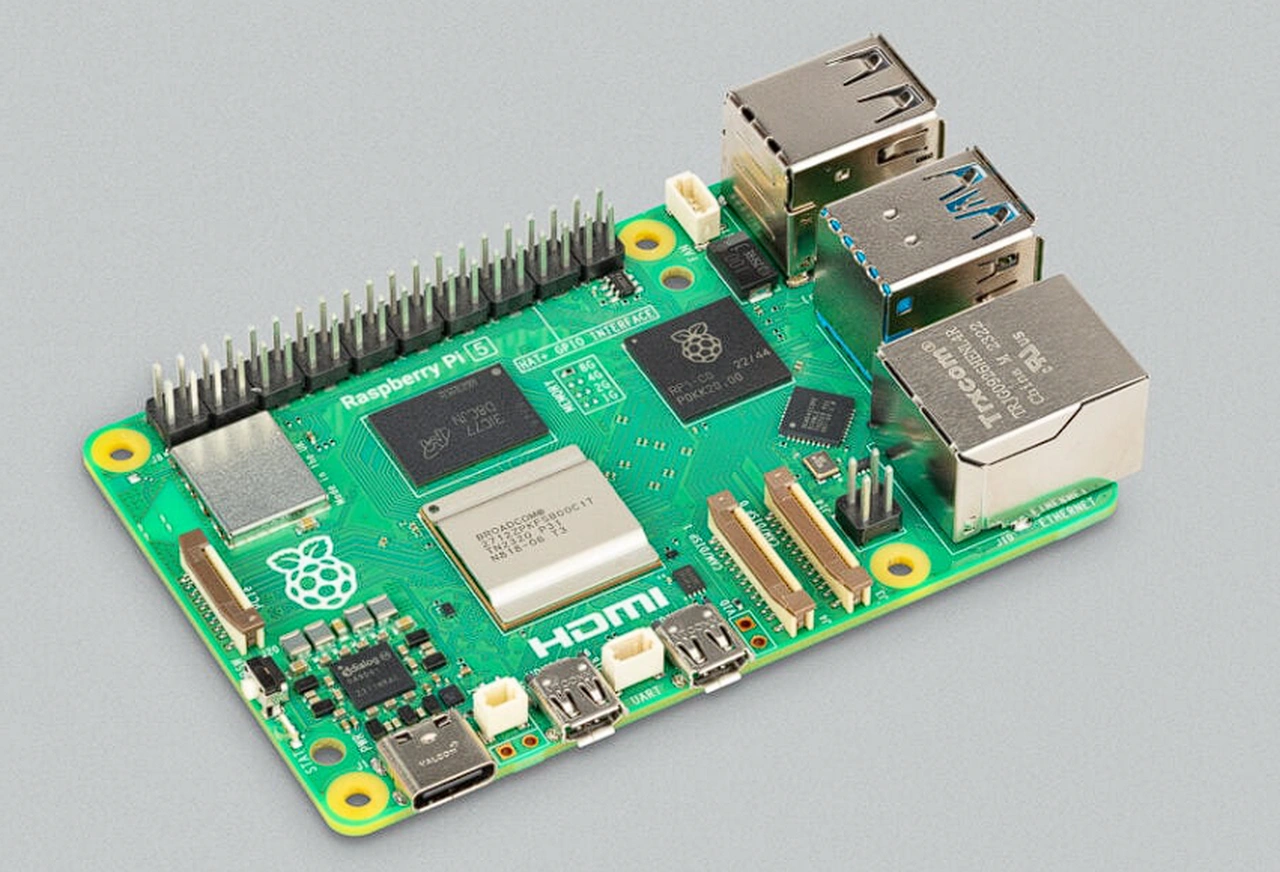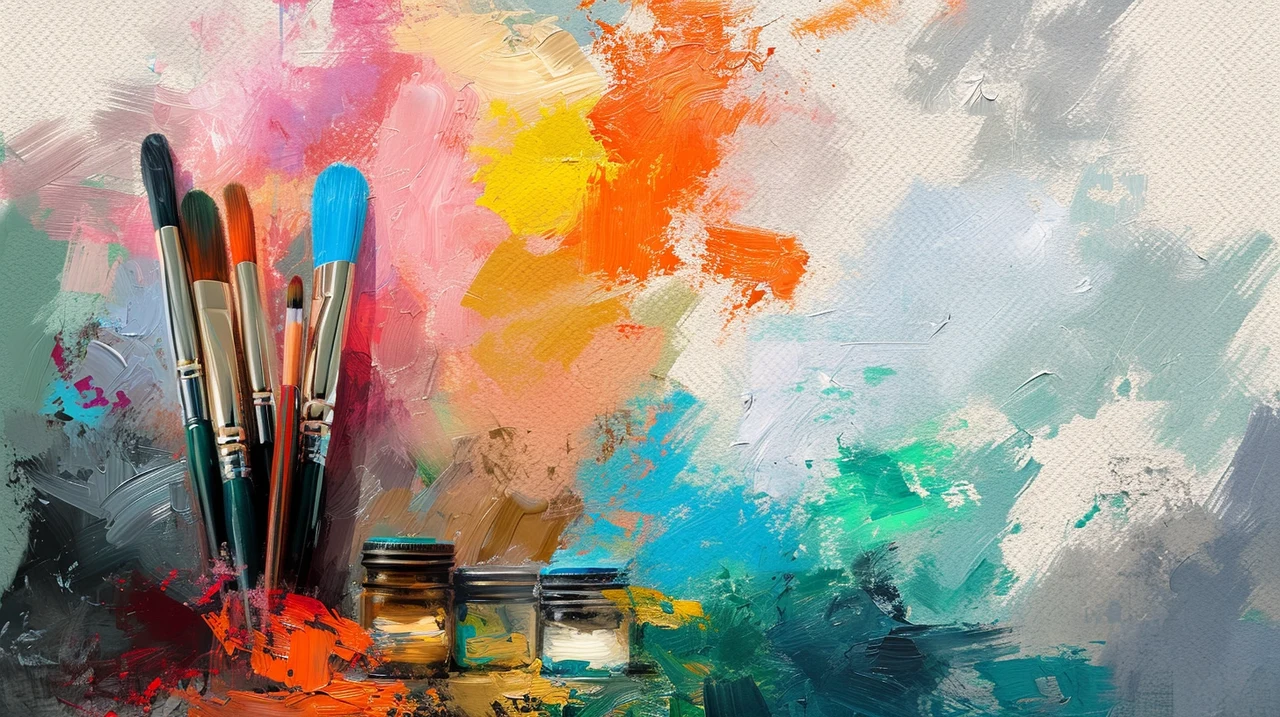
Even after the release of AI art generator is such as Midjourney and OpenAI’s DallE 3 the digital art world is on the brink of a significant transformation with the introduction of custom Generative Pre-trained Transformers. OpenAI will soon be launching their new and highly anticipated custom GPT Store. Allowing anyone to create custom AI models for a wide variety of different applications from data manipulation, formatting and artistic exploration.
These sophisticated tools are set to change the way artists, designers, and enthusiasts create images using AI yet again. Once the custom GPT Store launches later this month users will be able to access a variety of these GPTs through an OpenAI subscription service for ChatGPT, or perhaps purchase individual custom GPTs each designed to fulfill different creative needs and preferences depending on your needs.
Imagine having a ChatGPT digital assistant that understands exactly what you’re looking for in your artwork. That’s what Customized GPTs offer. They can adapt to your artistic style, whether you’re looking for something playful or a more realistic depiction. For example, if you love cats, the Cat GPT can help you create charming cat-themed images with ease. On the other hand, if you’re into designing vehicles, the Concept Car Vi GPT by David De Prado provides two modes: one for quick drafts and another for detailed designs.
Art lovers can explore paintings and sculptures in new ways with a custom ChatGPT AI model in the form of Docent AI by Kim Yun Woong, which analyzes images and provides deep insights into the artwork. Photographers aren’t left out either; the PhotoSage GPT offers advice on how to improve their pictures’ composition and overall look. For those who specialize in capturing the beauty of the outdoors, the Cinematic Landscape GPT adds a professional touch to nature shots.
10 custom GPTs for image creation
Here are some other articles you may find of interest on the subject of custom GPTs and the OpenAI GPT Store :
For those seeking a muse, the Artistic ImageGPT available within ChatGPT can turn simple ideas into complex and creative images. If you’re intrigued by the darker side of art, the Nightmare Scenario GPT creates images that are both haunting and fascinating, tapping into the subconscious mind.
Animal enthusiasts will be thrilled with the Creature Fusion GPT, which can craft hyperrealistic images of imaginary animal hybrids. And for those who want to add dimension to their work, the 3D Image Generation GPT allows the creation of realistic three-dimensional scenes, giving depth to any project.
In the modern age of the internet, making sure your images are easy to find and accessible is essential. The Alt Text Description GPT helps by providing detailed descriptions that make images more SEO-friendly and inclusive for the web. Meanwhile, the Multi-image Generation GPT is a time-saver, capable of producing multiple images from just one prompt, simplifying the creative process.
The future of image creation is not just about using ChatGPT individually but also about sharing and collaborating with others. This sharing of custom GPTs can lead to a community that thrives on innovation in AI-driven art and design. As these technologies continue to develop, they hold the promise of opening up new realms of creativity for users all over the globe, encouraging us to push the boundaries of our imagination.
Filed Under: Guides, Top News
Latest timeswonderful Deals
Disclosure: Some of our articles include affiliate links. If you buy something through one of these links, timeswonderful may earn an affiliate commission. Learn about our Disclosure Policy.

